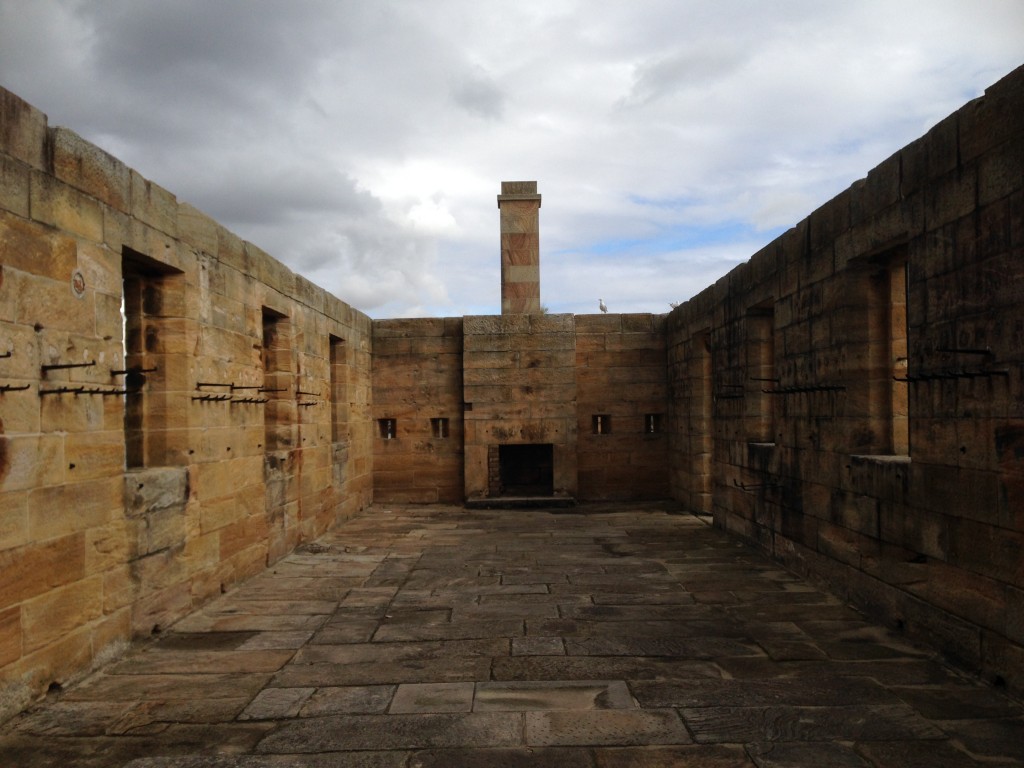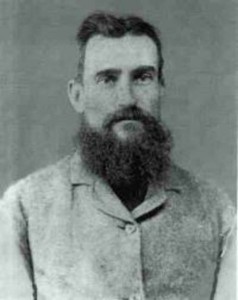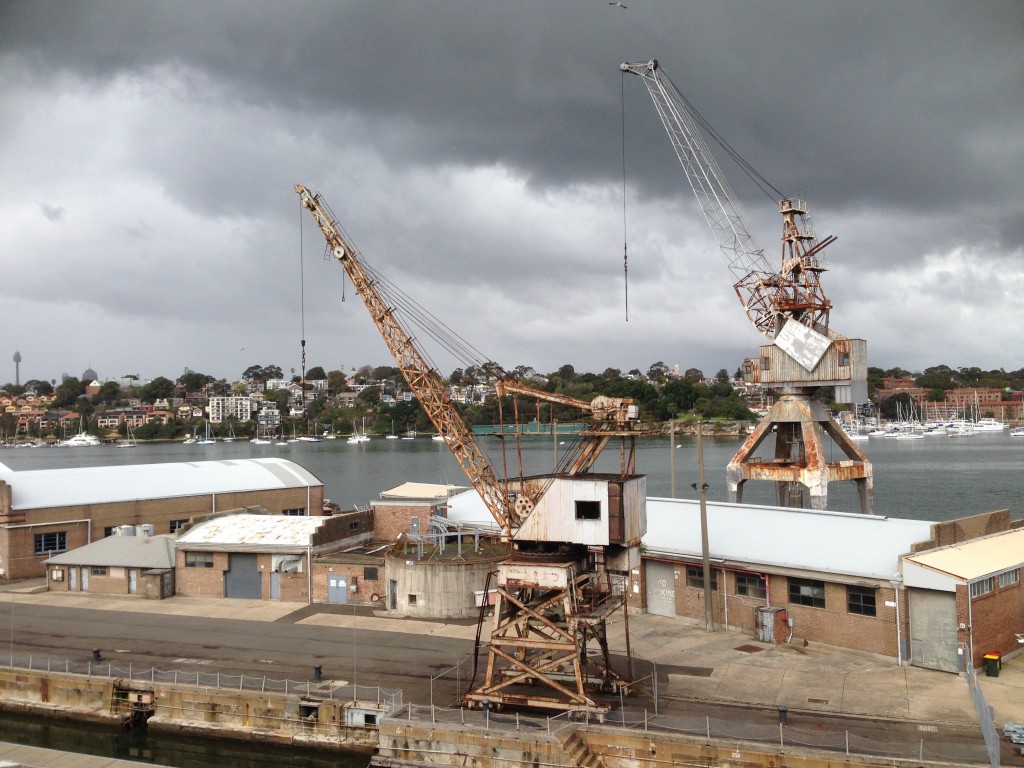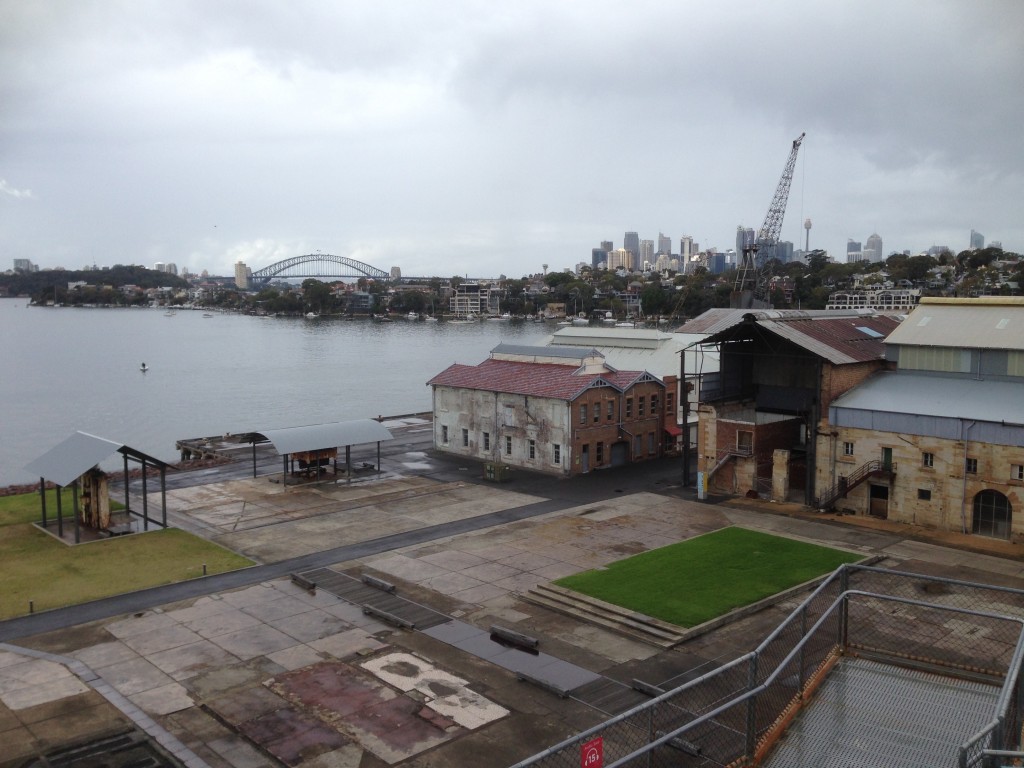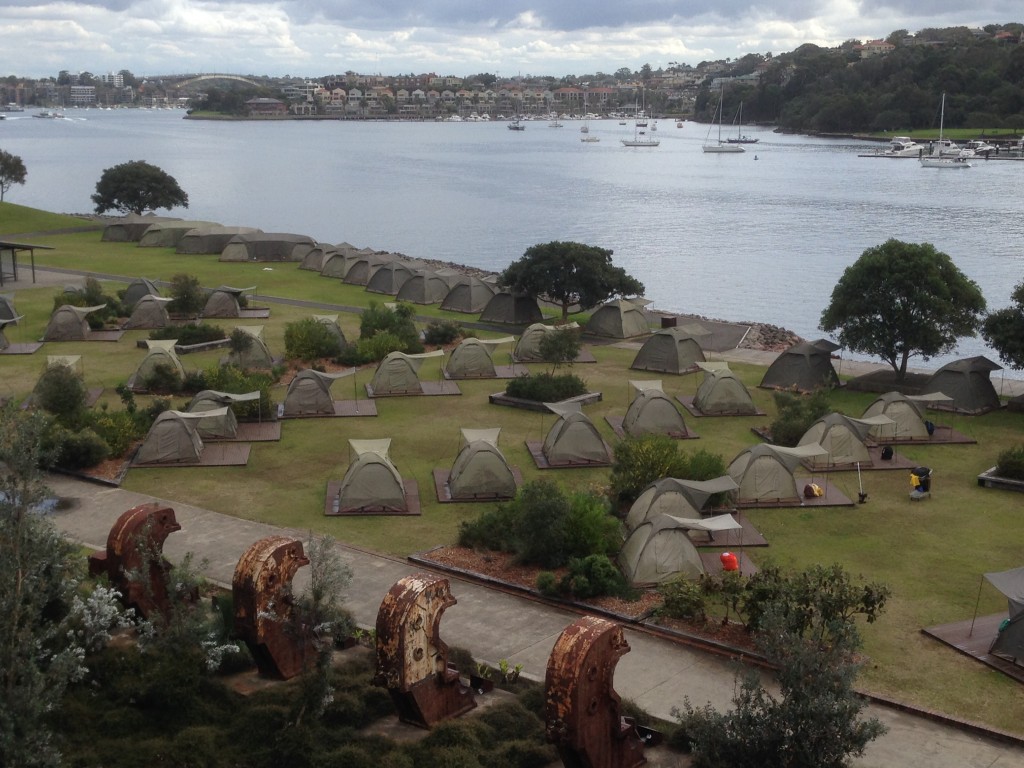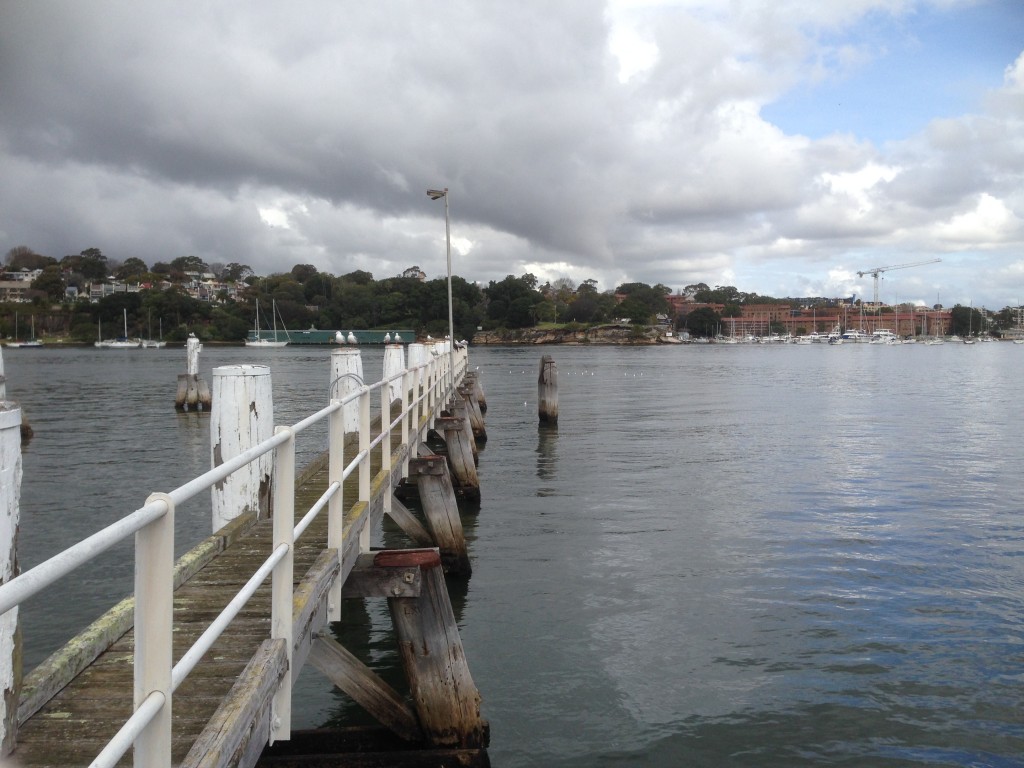Cockatoo Island
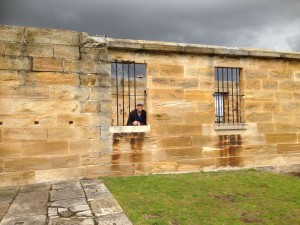
Let me outta here! Exploring one of the original buildings constructed by the convicts in the 1840’s
Cockatoo Island is the largest island in Sydney Harbour and has played a key part in Australia’s convict and maritime history since it was first put to use way back in the 1830’s. Today it holds a proud place amongst UNESCO World Heritage locations for is convict heritage and later became Australia’s first shipbuilding centre. In fact, the last ship built on Cockatoo Island was finished as recently as 1983. Julie and I had a rare spare day up our sleeve and caught the ferry over to the island to explore its fascinating history.
Settlers who were sent to prison on Cockatoo Island were frequently the worst offenders and their life on the island was marked by hard manual labour, poor living conditions, scant food and no hope for escape because none of them were able to swim. One prisoner who did manage to swim ashore was the notorious horse thief Frederick Ward who managed to evade authorities and become known across northern New South Wales as the bushranger Captain Thunderbolt. Also referred to as the Gentleman Bushranger, he committed a long string of robberies and was finally shot and killed by police in 1870 after more than seven years on the run.
In the 1840’s a growing number of ships would arrive in the new colony and many needed repairs after their long journey from Mother England. There was also a growing demand to build new boats as well. Cockatoo Island was chosen as the site for the first shipbuilding dry dock, partly because of the cheap prisoner labour. By 1857 Fitzroy Dock was built to help maintain the Royal Navy’s fleet.
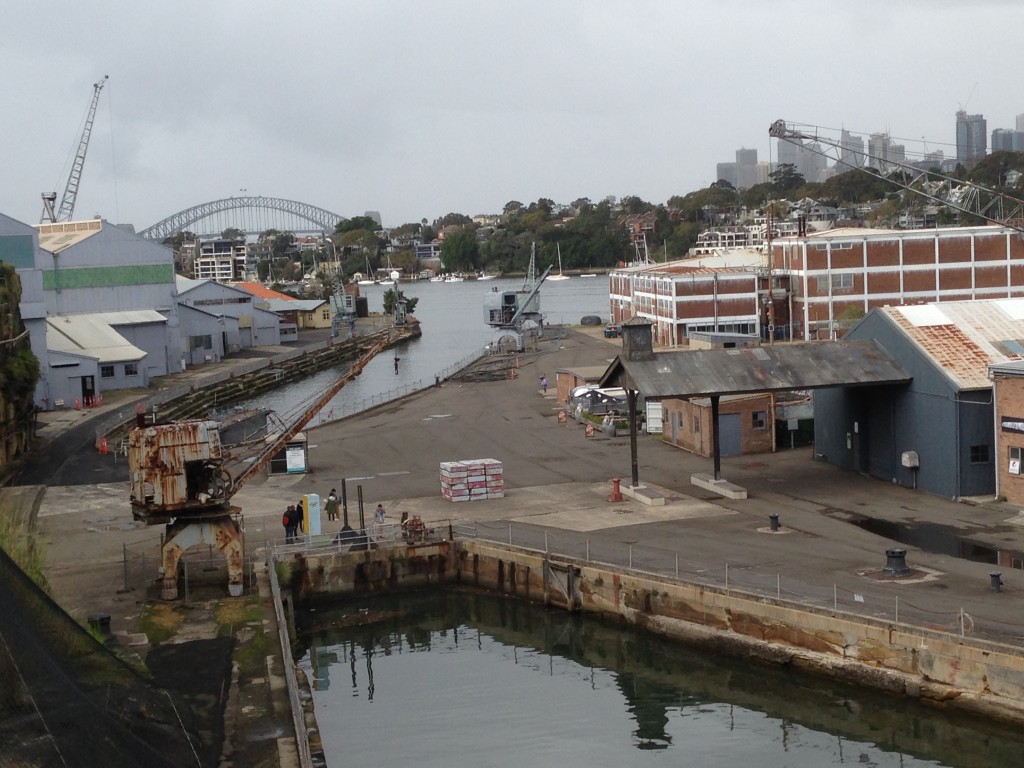
The two docks where the ships were built – the centre of activity during the peak shipbuilding years
By 1869 the prison was finally closed but only two years later the facilities were turned into a Reform School for orphaned girls and juvenile delinquents who roamed the streets of Sydney. These girls lived in no better conditions than the prisoners and there was no effort to reform them or help prepare them for a better life. By 1880 this experiment was deemed a failure and the Reform School was closed.
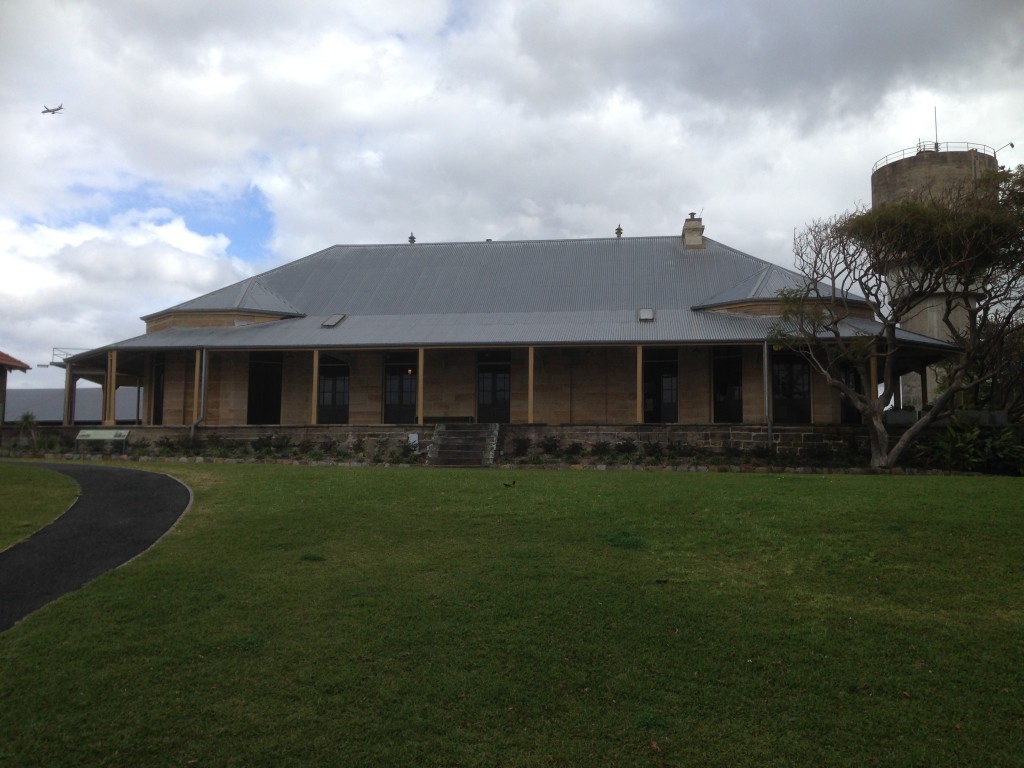
The Governor’s residence sits on the highest point of the island and commands magnificent views in all directions. Today it is an outstanding museum telling the history of Cockatoo Island.
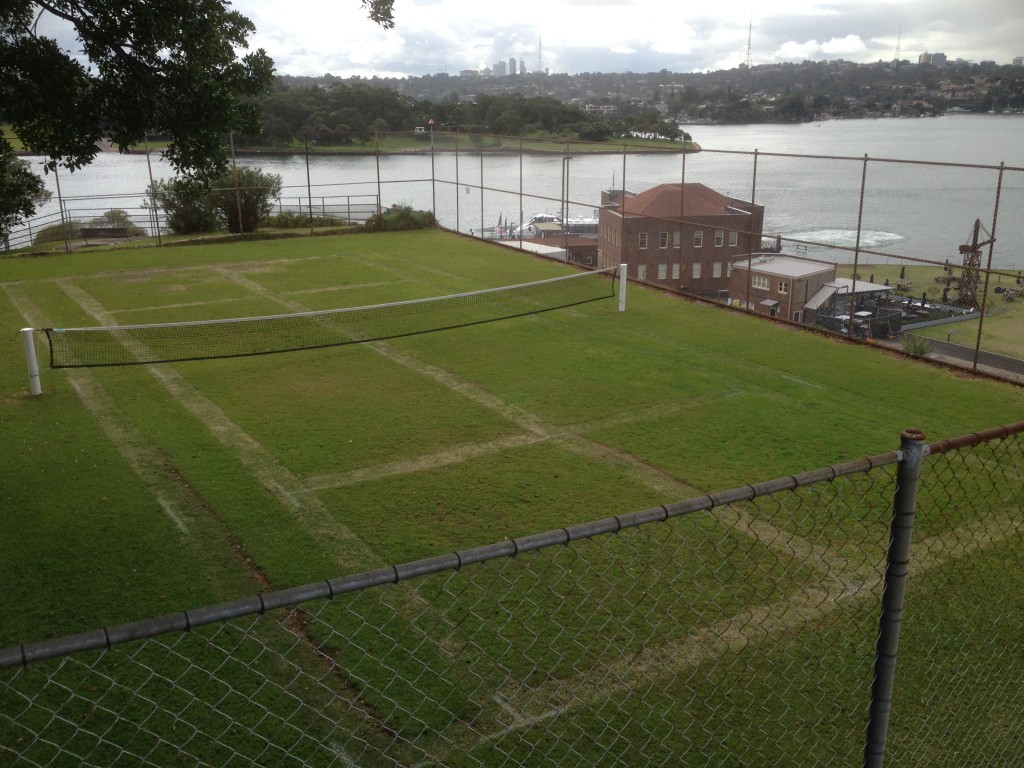
Tennis anyone? Life on the island was not all bad, especially for the privileged few who enjoyed the social life and stunning views

The industrial complex on the island was a series of huge buildings where ship components were made or repaired and where parts were stored
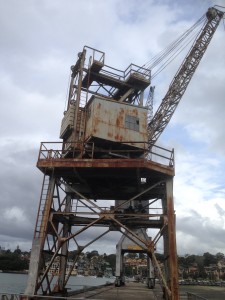
Today the huge rusty cranes look like metallic dinosaurs but in their day they were some of the largest in the world
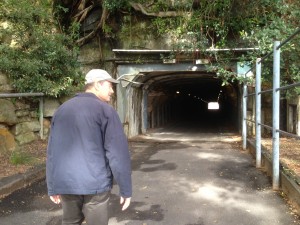
The island also has a number of long tunnels that provide a short cut for workers and an air raid shelter that was never needed
Shipbuilding was the island’s main focus for over 100 years and by World War I hundreds of ships had been repaired or built at the facilities. World War II saw a flurry of activity in the ship yards as grand cruise liners were converted to troop carriers and hospital ships. After the war the Navy continued to commission ships built there, including some that are still in service today like HMS Success.
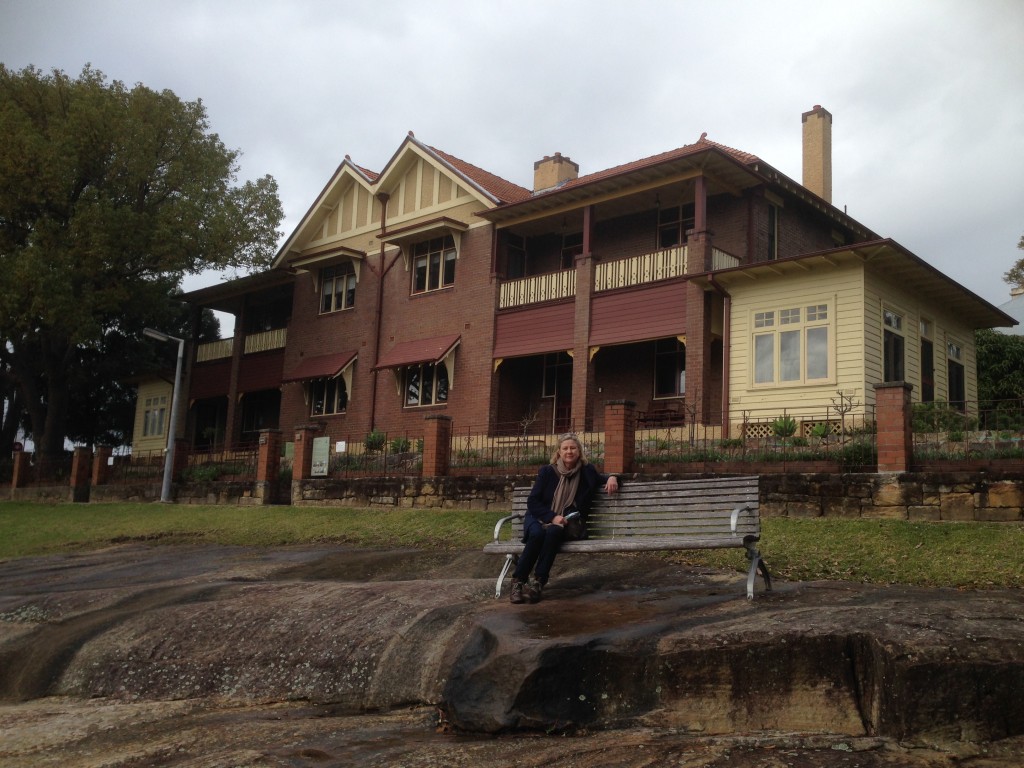
Cockatoo Island is the only island in the harbour where you can spend the night, including in this elegant old building originally built for visiting dignitaries
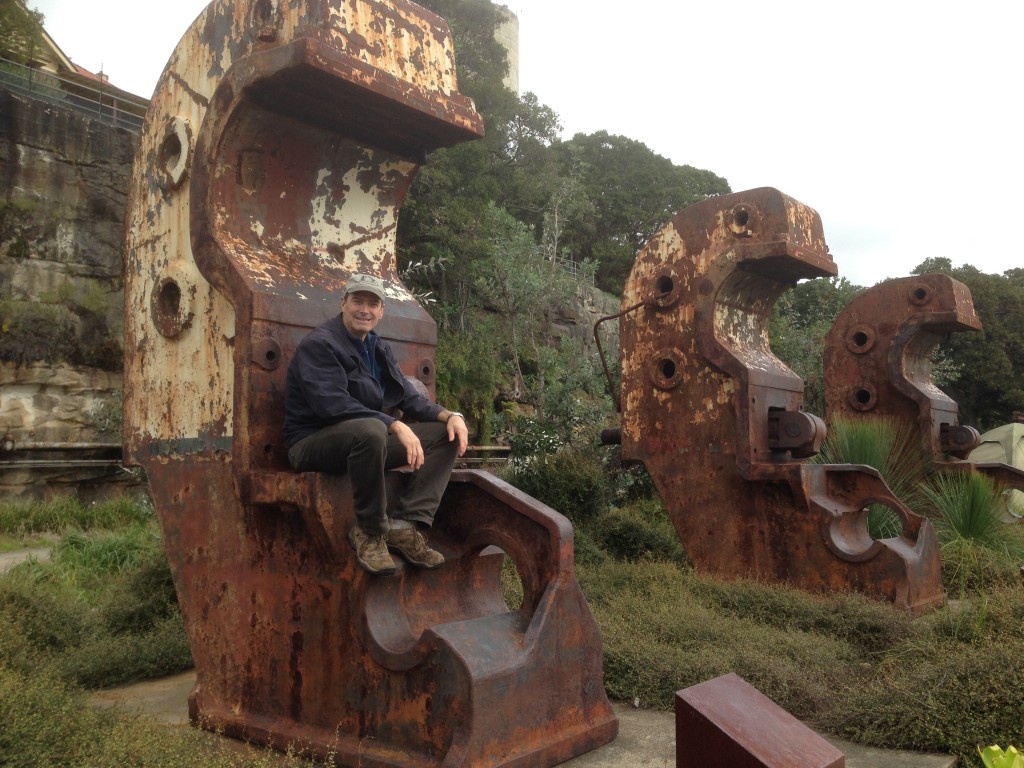
We never figured out what these huge steel structures were originally used for but they made for a good seat
If you are in Sydney and never had the chance to explore Cockatoo Island then jump on the ferry from Circular Quay or King Street and spend a few hours exploring this fascinating place. Cockatoo Island is full of important history and fascinating stories that have helped make Sydney the amazing city it is today.


